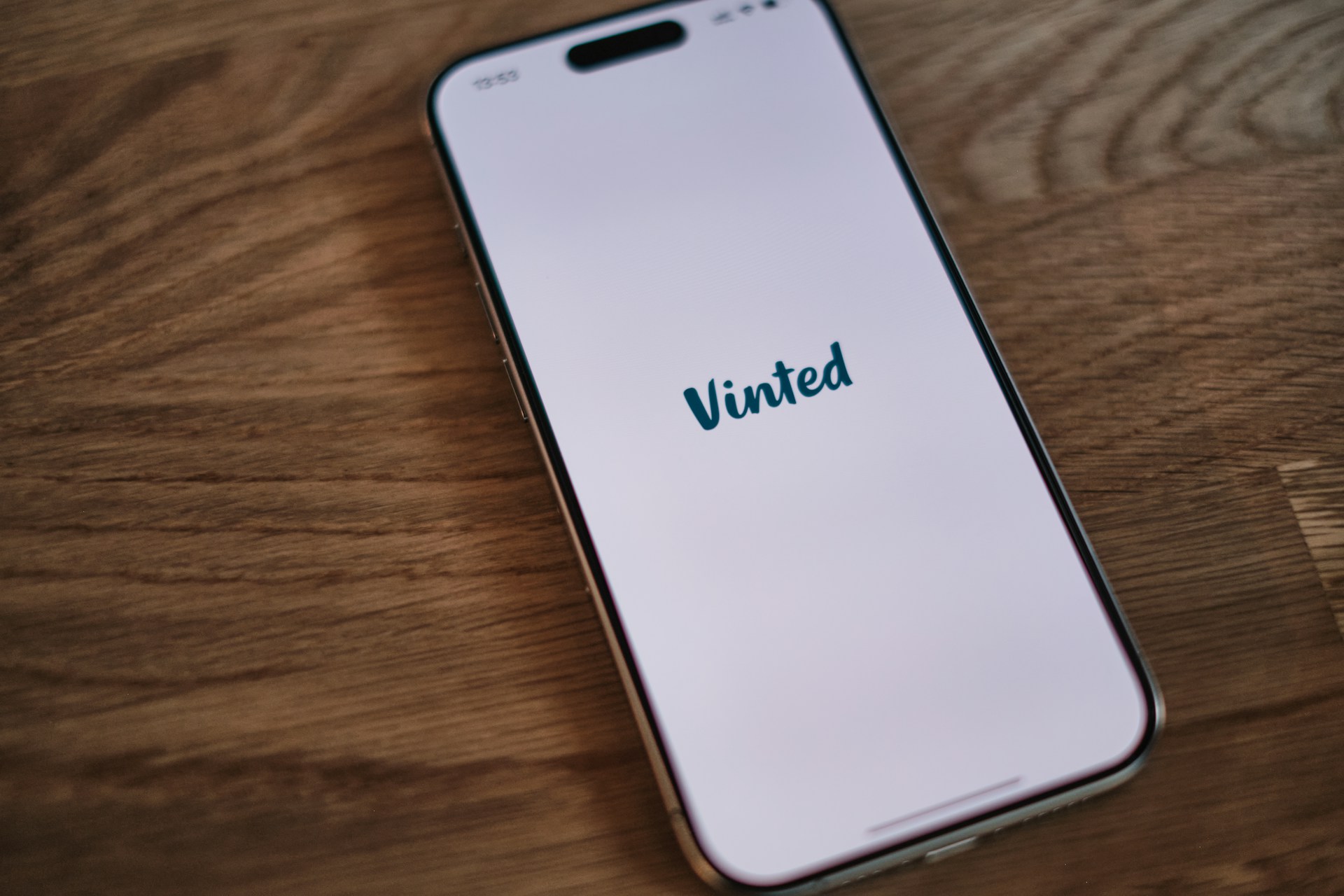An Overview of Vinted’s Popularity
Vinted has quickly become one of the world’s leading online platforms for buying and selling second-hand items, especially clothing. While it’s best known for pre-loved fashion, the app supports a wide range of categories, offering users a chance to declutter, earn a little cash, or pick up a bargain. The eco-friendly angle also appeals to many, as reusing items helps reduce waste and lessen environmental impact.
What Exactly Is Vinted?
Launched in Lithuania in 2008 by two friends—one of whom simply needed more space in their wardrobe—Vinted has since grown into a global platform with more than 105 million users across over 20 countries. In the UK alone, it boasts 16 million members. Unlike other marketplaces such as eBay or Amazon, Vinted charges no seller fees. Instead, buyers pay a protection fee on top of the item’s price and cover postage costs.
How to Start Selling on Vinted
Selling on Vinted is designed to be user-friendly. You can create an account using the app or the website, with options to register manually or sign in via Facebook, Google, or Apple.
Once registered, you can click on “list an item” to begin selling. The process includes uploading clear, well-lit photos of your item from different angles. It’s important to provide a detailed and honest description, along with a reasonable price. If unsure what to charge, Vinted allows you to browse similar listings to help determine a competitive rate. If your item doesn’t sell immediately, you can lower the price over time to attract buyers.
What You Can and Can’t Sell
Although Vinted is largely associated with fashion, it accommodates a wide range of product categories. Among the permitted items are:
-
Small tech accessories like smartwatches and headphones
-
Toys, kids’ furniture, and baby gear
-
Home décor, books, and tableware
-
Board games, CDs, DVDs, and vinyl records
-
Video games, consoles, and accessories
-
Pet clothing, beds, toys, and accessories
-
Seasonal and party decorations
However, Vinted has strict rules on prohibited items, which include:
-
Medications
-
Food and beverages
-
High-tech gadgets and electronics
-
Stationery and art supplies
-
Sports and hobby equipment
-
Adult furniture
-
Artwork like paintings and drawings
-
Any illegal or hazardous goods
Understanding Fees on Vinted
One of Vinted’s biggest selling points is that it does not charge sellers a commission. This policy stands in contrast to eBay’s long-time approach, where sellers traditionally paid a percentage of each sale. However, eBay responded by scrapping fees for private sellers on nearly all goods in October 2024, except for vehicles. This change followed earlier moves to eliminate fees for clothing in an effort to compete with Vinted’s dominance in fashion resale.
Currently, Vinted earns its revenue through a buyer protection fee, which is charged to purchasers at checkout. This fee varies based on the order value:
-
For purchases under £500, the buyer pays:
-
A fixed fee between 30p and 80p
-
An additional 3% to 8% of the item’s price (excluding shipping)
-
-
For purchases over £500, the fee is:
-
A flat 3% of the total sale price, including VAT
-
The protection fee is more than just a source of revenue. It also serves as a security measure, ensuring that buyers can receive refunds if their item arrives damaged, significantly different from the description, or doesn’t arrive at all.
Final Thoughts
Vinted’s success stems from its simple and transparent approach: no seller fees, a wide range of supported categories, and built-in buyer protection. As online second-hand shopping continues to grow, platforms like Vinted are shaping the future of sustainable and budget-friendly commerce, offering both environmental and financial benefits to millions of users worldwide
